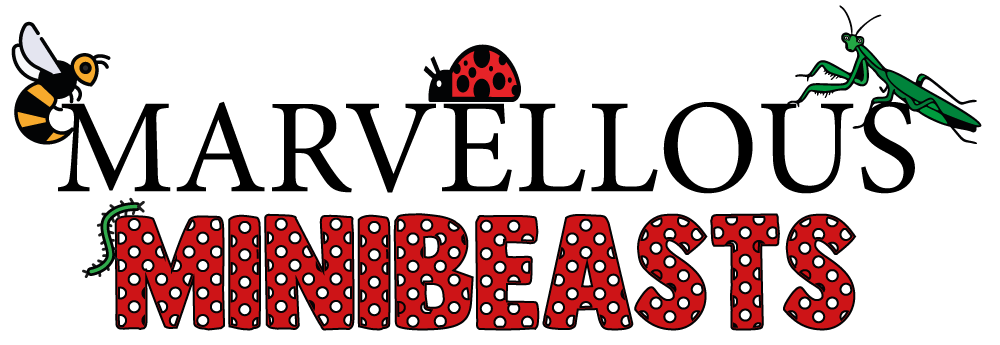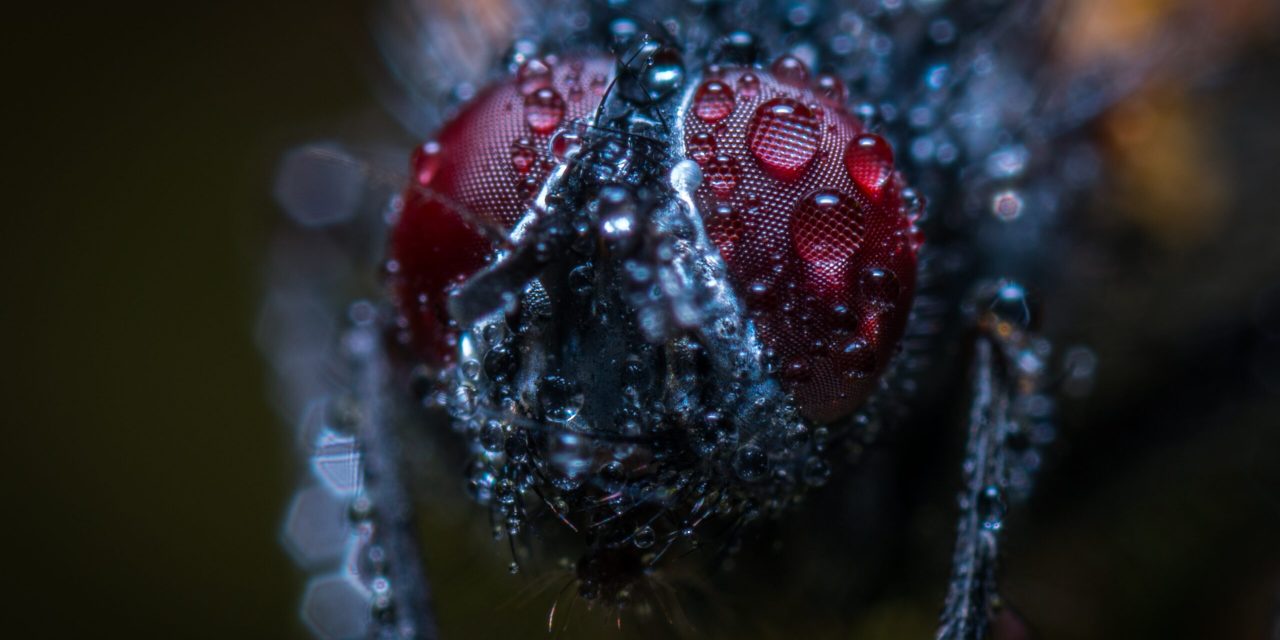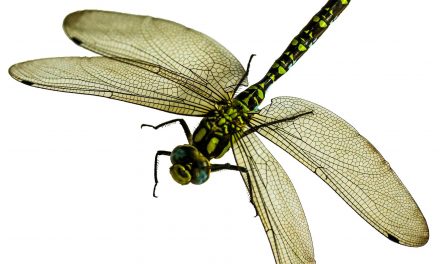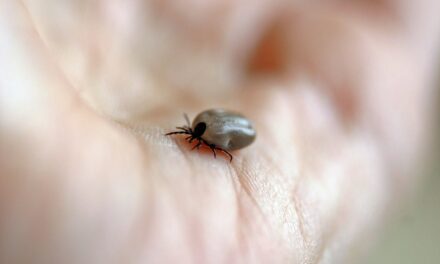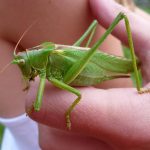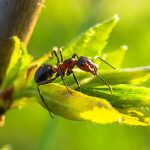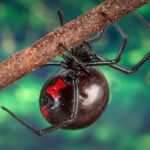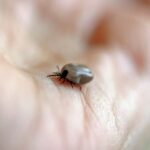Most insects do not like the rain and will scramble to find shelter if it does rain. Some insects can sense when it will rain, so they stay inside their nests because they know if they go out during the rain, it could cause them harm—some insects like wet weather and thrive in warm and humid conditions, so they will come out during rainy days. Bees can sense atmospheric changes; they tend to hold water when it rains, weighing them down and making it difficult for them to fly, so they stay inside.
If a large raindrop were to hit a small insect, it might injure them or their wings. Mosquitoes, for the most part, don’t seem to be bothered by the rain. If a large raindrop hits them, they appear to merge in and out it. This could be because their wings are covered in water-resistant hairs.
What do butterflies do when it rains?
Butterflies will seek shelter when it rains. They will climb into woodpiles, hide under tree branches, leaves or rocks. Butterflies have a solid grip because they have a type of claw on the bottom of their legs. They can fold their wings, making them even smaller, so when they hang upside down underneath branches or leaves, it further helps protect them from the rain.
Do flies fly in the rain?
No, like almost all other insects, if it rains, a fly will seek shelter. They do not like to fly in the rain; however, they will if they are forced to, but mostly they will find somewhere to hide.
What insect likes rain?
Some insects like it when it is raining, and one of those insects is the rain beetle. Rain beetles are a group of beetles found in North America; they spend most of their lives underground, only coming above ground when it rains or snows.
Rain beetles are closely related to scarabs. They have an oval body, with a hard exoskeleton and a unique shaggy hair on the underside of the body extending to the legs. Like most insects that have an exoskeleton, the rain beetle has mandibles; however, with this particular beetle species, they are non-functional as they don’t eat. A rain beetle aims to reproduce. Any parts that would typically be used on another insect to eat are non-functional with a rain beetle, including the oesophagus and digestion.
The larvae of the rain beetle have typical scarab features with c-shaped bodies and are generally a creamy white colour. They live in the soil deep beneath plants feeding on the plant’s roots as they grow. Unbelievably it can take up to 13 years for them to reach maturity.
When a rain beetle larvae reach adulthood, they will dig their way out of the soil, looking for a mate. Females don’t fly as their wings are not developed for flight, unlike the males who can fly.
The rain beetles mate on the surface or in burrows that the females dig; once mated, the female will block the burrow entrance and lay her eggs at the bottom.
What insects come out after the rain?
A combination of warm weather and rainy days will see an increase in insects like;
- Ants
- Cockroaches
- Mosquitoes
- Cockroaches
- Centipedes
- Ticks
- Fleas
These insects like warm, humid conditions, and it is not unusual to see many of these insects during this time.
Ants
You don’t usually see that many ants on the surface except worker ants foraging for food. Ants build colonies underground; these colonies are large, complicated tunnel structures. When it rains, the tunnels get flooded and can collapse. To avoid becoming trapped, the ants that live in them will start to come to the surface.
You might see lots of ants during mating season; this is when the male flying ants will leave the colony to find a queen to mate with. Male flying ants usually fly in swarms on just one day of the year, which is why you won’t see them flying around at any other time.
Mosquitoes
Mosquitoes breed when it is wet, and they will lay their eggs wherever they can find, even the smallest puddle of standing water.
Cockroaches
Roaches usually live in dark, damp places like drains, pipes and sewers. Like most bugs, cockroaches need food, water, and shelter to survive; when the rain comes, they will be scurrying about, looking for new accommodation that provides them with everything they need.
Centipedes
Centipedes love humid environments, these creepy crawlers love to feast on other bugs, so when the rain brings other insects out of their hiding places, centipedes are usually right behind them looking for a meal.
Ticks and fleas
If you like to go on nature walks, you will need to be careful if you go after a rain shower as you will likely encounter fleas and ticks. These bugs thrive in warm, humid weather and are looking for someone to feast on. If you go out during this time, you will need to cover up, and don’t forget to check yourself and your pets before coming inside; the last thing you want is a flea infestation or a sick pet.
Worms
Although a worm is not an insect, they too are affected by rain. You may have noticed when it rains that worms start to come out of the ground people think they do this to prevent them from drowning, but this is not the case. Worms can actually need moisture to breathe through their skin; worms could survive even if they are fully submerged in water.
So why do worms come to the surface if they can breathe in water? Researchers think they do it for migration purposes. The water helps them move further across the surface than they could if they were travelling below the surface. Without the rain, they would not be able to do this as they would dry out and die. Other species of earthworms will surface to mate, but considering only a few out of the 4,400 worm species do it, it is unlikely to be the main reason for surfacing.
Another explanation involves vibrations; vibrations from the rain on the surface could sound similar to the vibration a predator might make, like moles; for instance, worms often come to the surface to avoid being eaten by moles.
Another source of vibrations is carried out by humans looking for fishing bait. To coax worms from their burrows, fishermen run a piece of steel like a hand saw across the top of a stake which creates a vibration bringing the snake to the surface. So the next time you see a seagull doing a little dance on the grass, you will know why.
